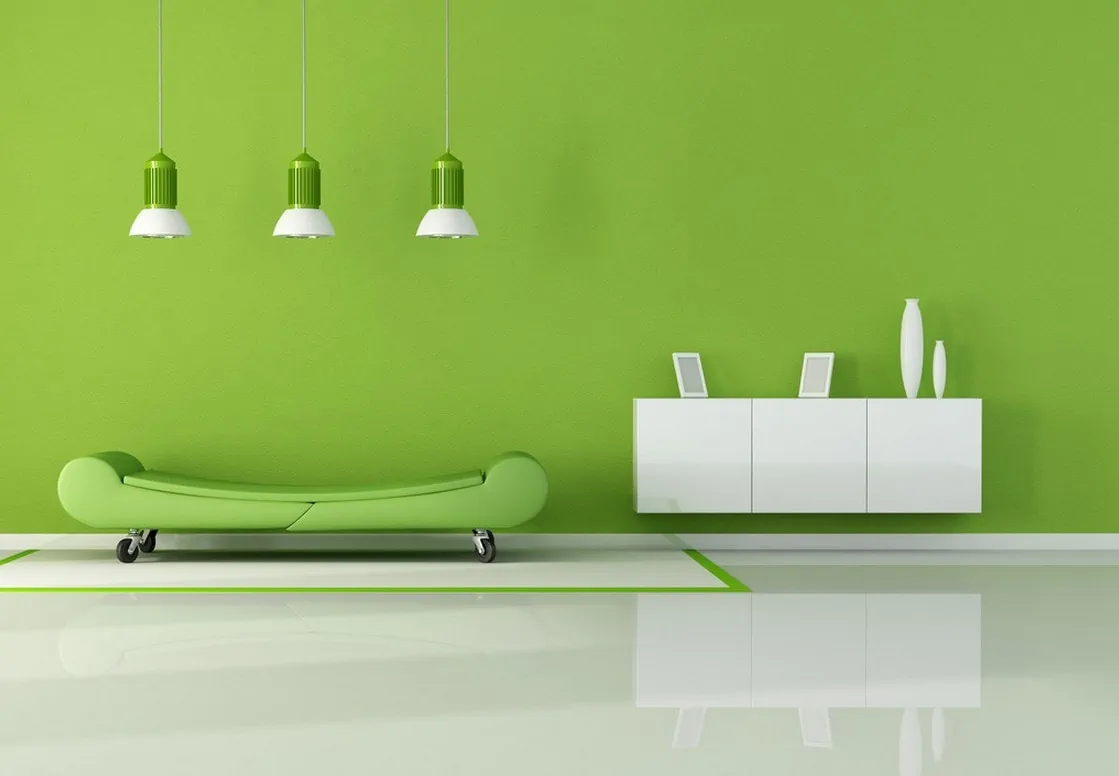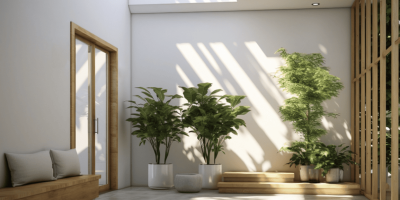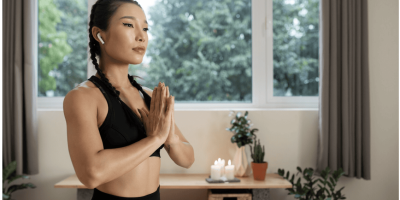
- Easy steps require no fancy equipment to remove your window stains.
- These hacks will leave your glasses looking shiny all year long.
- Save yourself the hassle of hiring someone to solve the problem when you can become your own handyman with these hacks.
Glass stains are practically one of the hardest things to get rid off.
We have all undergone annoying times when hard water stains stick on glass shower doors, windows, drinking glasses, and car windows, which can be dangerous, especially at night.
Mineral deposits could build up soap and shampoo molecules that create soap scum if things weren’t any worse. These stains can be permanent, which leaves your windows looking filthy.
This made us put our thinking caps on to experiment with different DIY projects that you could use to see major changes with your windows.
Keep scrolling as we list out possible ways to get rid of stubborn stains that could potentially leave them hanging on for dear life at the end of this article.
Here in POKOK, we’re all about leading an easy life, which is why we have listed possible ways to get rid of stubborn stains that will leave them hanging on to dear life.
So what are you waiting for? Keep scrolling, and don’t be surprised if you end up gasping in amazement.
How often should you remove it?
Well, here’s some good news. If stains are caught early, there is a high possibility you could clean those suckers out.
Let’s start with the basics. Prepare a checklist and keep window or glass cleaning at your top priority. Constantly cleaning your windows will automatically decrease the chances of water stains depositing.
As annoying as it may be to keep cleaning your windows regularly, keep in mind once etching begins due to the nature of minerals, there is no turning back because the glass will be permanently stained.
It is advised to polish your glass and windows at least twice a week. Remember, excellent outcomes come with great responsibility.
Products needed
These are some of the products that you folks need to prepare to achieve your desired results.
Equipments needed:
- Squeegee
- Microfiber cloths
- Old towel
- Soft-bristled brush
- Old toothbrush
- Small bowl
- Rubber gloves
- Eye protection
Materials:
- Distilled white vinegar
- Lemon juice
- Distilled water
- Baking soda
- Commercial hard water stain removers
Instructions:
The methods that we are about to list down will progressively become aggressive depending on the stain.
This tutorial is more of a trial and error, so do not get discouraged if the first step does not work. Try the next one instead, and do not lose hope.
Some of these cleaners can be more powerful than others, so always stay cautious and wear protective gear and gloves. Make sure to dispose of the gloves once used.
Distilled white vinegar

Distilled white vinegar is a gentle acid that is strong enough to break the barrier of hard water minerals that have formed upon your windows and glasses.
If you do not own distilled white vinegar, you can substitute it with fresh lemon or lime juice instead. They are rich in citric acid, which is an excellent cleaning solution.
However, keep in mind these methods are much more effective if the stains are still new. If so, there is a great chance of reversing the damage.
Step 1:
Start by reusing a spray bottle and come one part of distilled white vinegar or lemon juice with some distilled water.
Step 2:
To prevent the solution from dripping on the floor, place an old towel below the glass panel. In this case, the towel will absorb the mixture without leaving any residue on the floor.
Start by spraying the mixture from the glass shower or window top. Spray the vinegar or lemon juice mixture from the top to the bottom of the glass while moving methodically to make sure every inch of the glass stain has been wet and covered with the solution.
Once you have applied the solution, do not rinse it away immediately! Let it rest for approximately 30 minutes before washing it away. This ensures the solution is soaked adequately throughout the stains for easy removal later.
Step 3:
Next, use a soft-bristled brush or microfiber cloth. Try preventing the use of harsh clothes or brushes because they may leave scratches on your glass.
The last thing you want is a scratched glass after removing the stains. Start from the top of the glass panel and wipe your way down to remove all the dirt.
Wipe the glass stain in a circular motion with a little pressure to get as much dirt out as possible. And rinse the excess dirt out of your cloth after wiping.
Sometimes getting the corners can be a difficult task, so we recommend people use old toothbrushes to get every ounce of that dirt out.
Although white vinegar is non-toxic, please wear eye protection to avoid the liquid from splattering to your eyes. It’s better safe than sorry!
Step 4:
Finally, rinse the windows with fresh water when you’re done removing the hard water stains.
Once again, start from the top and use a good quality squeegee to remove the access water on the window. Finish it off by drying it off completely with a microfiber cloth, and voila! Your mirror and windows will look good as new.
Distilled White Vinegar and Baking Soda Paste

If you have a permanent cause of water stains, then chances are vinegar alone would not have done the trick.
Try adding a mixture of vinegar and baking soda together to create a gentle yet strong enough abrasive to remove the stains.
This is also applicable for drinking glasses and any glassware product.
Step 1:
Repeat the first step above by placing an old towel at the bottom of your floor in order to soak up the excess drips from the mixture.
Pour some undiluted vinegar into the spray bottle, spray the entire glass from the top, and cover it with white vinegar.
Once again, let the vinegar set for approximately 30 minutes.
Step 2:
Now onto the paste. In a small bowl, mix some water with three parts of baking soda. The consistency of the paste should not be extremely clumpy. If so, then try adding a little more water.
It is advised to mix the paste in small batches to prevent the mixture from getting too watery. By doing so, it is much easier to get the consistency right.
Step 3:
Apply the baking soda paste on the glass-covered by stains using a microfiber towel or brush.
Proceed to rub it in a circular motion with a little pressure and work your way till the end of the glass.
If the stains appear in small places only, just use a toothbrush to apply the spotted areas.
Step 4:
Once the baking soda paste has slightly dried, reapply the white vinegar on the glass which were covered with the baking soda paste.
You can see a foamy texture when the baking soda and vinegar react if done right. Meaning the substance is working, and all the dirt is accumulated.
Finally, when the foaming has come to an end, rinse it with clean water and dry it up. This is a better alternative if your water stains are too stubborn to let go.
The end result should leave your windows and glasses looking spotless!

Extra Tricks for Glass Stains Removing:
After every shower, remember to wipe down water spots from the glass surface. This will significantly benefit you instead of doing this remedy weekly.
If your home has water sprinklers, it is advised to place them further away from the windows as the lightest splash of water could leave a permanent stain on the glass window.
Finally, apply a waterproof sheet on your glass to prevent the water stains from evaporating and leaving a mark.
See? We told you these steps were easy, and anyone could experiment with them. So stop hesitating and give it a try!
We hope these tips were helpful in your journey to a spotless home. If you have any recommendations and ideas, feel free to comment them down below.









